"What would you think about a drug that could increase endorphins by up to 300%."

It has been a couple of years since I discussed Low-Dose Naltrexone (LDN) in one of my articles, so today, I will revisit the topic as it has helped so many of our patients. Some of you may know that we have a compounding lab in the pharmacy's basement, but most don't know it exists because of its location.
Twenty-six years ago, we began compounding specialized, patient-specific medications at our pharmacy. To expand our services, we relocated it to the basement level of the Sanford East Clinic, and it has been operational since 2000. Compounding consists of making medications for patients without a commercially available product or dosage form to meet their healthcare needs.
In this 26-year time frame, my team has compounded medications for hormone replacement, hospice patients for pain and nausea, pet medications, and whatever creative idea a practitioner has in mind to treat their patient. We love the challenge of finding a solution to a difficult medication or health problem and consider ourselves problem solvers.
One of the products we have been compounding for over 15 years is LDN) however, it wasn't until about 2016 that we realized its capabilities for treating patients. One of the reasons is that there just wasn't much information or clinical studies discussing LDN as a treatment option.
We have had some amazing successes with many of our compounded formulations over the years, but naltrexone has possibly been the most beneficial and life-changing compound we have available for our patients. That may sound like a bold statement, but it couldn't be more accurate.
Taking a step back for a review of naltrexone's history, it was first made in 1964 and approved for medical use in the US in 1985. It is an opioid receptor blocker, which means that it blocks the same receptors that drugs like morphine, oxycodone, hydrocodone, and fentanyl stimulate to exert a pain-relieving effect. Historically, it has been used in high doses of 50-150mg per day to block the opioid receptor and to help patients addicted to heroin, alcohol, and opioids.
When patients hear that, their ears perk up, and they don't want anything to do with the medications. I refer to that as "naltrexaphobia" or the fear of taking naltrexone. The difference between the commercially available product and what we compound is that we are making low-dose naltrexone at low doses of 0.5-4.5mg per day. The opioid receptor is still blocked, but it is for only a short time, 4 to 6 hours. This blockage prompts a message to our brain that we need to produce our body's own opioids, which are endorphins and enkephalins. These are our body's endogenous or built-in pain relievers.
I like to ask patients, "What would you think about a drug that could increase endorphins by up to 300%." The usual answer is, "Sign me up." Increasing endorphins helps with energy, mood, and improved well-being. When naltrexone leaves the receptors, the endorphins can now stimulate the receptor, resulting in pain relief. This is a non-opioid way of producing opioid-like pain relief without the side effects and addiction issues that go hand in hand with opioids.
The second mechanism of action happens when enkephalins modulate our immune system, creating an anti-inflammatory effect. The effect is achieved partially by blocking toll-like receptors, which create a cascade of inflammation when stimulated or turned on.
The third mechanism is blocking a specific toll-like receptor in our central nervous system. When the receptor is left unblocked, it creates inflammation in our brain and big nerves. When unchecked, it can lead to fibromyalgia, Parkinson's disease, depression, brain fog, and migraine headaches, a few of the conditions where CNS inflammation is a concern.
For some of you, the last two paragraphs probably sound like the teacher in the old Peanuts show, "Whomp whomp whomp." Still, it is essential to understand the capabilities of LDN and how it works in your system to produce an effect.
The tricky part with this medication comes in how it is dosed. There is not one dose that is effective for all patients. Some of our patients are at 0.1mg per day, others are at 12mg, and some take it once a day, while others take it 2-3 times a day. It takes time and patience for the patient, practitioner, and pharmacy to find the right dose so that we can optimize the effect of the medication. The key with LDN is patience as the medication can improve over time, up to 18 months.
I listed the mechanisms on how this medication works and if I had to summarize it, I would simply say that LDN stimulates your body to produce its pain reliever. It also decreases inflammation throughout our body, brain, and big nerves by affecting the immune system. The list of different disease states that we compound and recommend this for is lengthy, but it can be accessed at the following website: https://www.ldnresearchtrust.org/conditions. The LDN research trust is a non-profit organization committed to providing information to patients and practitioners about the benefits of LDN.
When recommending compounded medications to practitioners, we must look at the risk vs benefit of giving that medication. The conventional options have often been exhausted, and we are left with a compounded alternative where the benefit easily exceeds the risk. That is usually the case with LDN. As good as LDN is, in many cases, it does not address the underlying cause of the illness we are looking to treat, but, in many patients, once again, auto-immune patients stick out; they could spend their entire lives looking for the source or trigger for the out of control inflammation ravaging their bodies.
Why do I like LDN as a treatment option? Its safety profile is impeccable. It has some side effects, mainly centered around sleep disturbances, but we have options to help offset those side effects. Side effects tell us that we need to decrease the dose and have gone too far. Lastly, it is highly affordable for most patients.
My staff and I would be pleased to help you, so stop by the pharmacy or call to schedule a free 15-minute consultation to see if LDN might be a treatment option for you or a loved one. Please visit my website at www.irsfeldpharmacy.com to find this and other archived articles in the blog section.
Until next time, be vigilant about your health!!
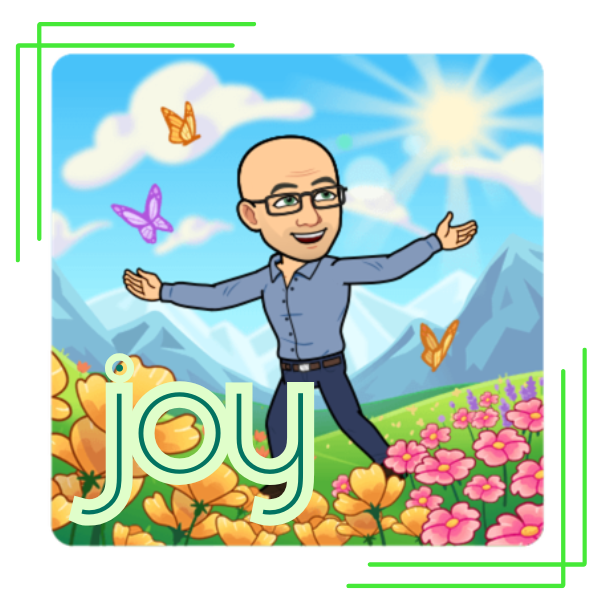
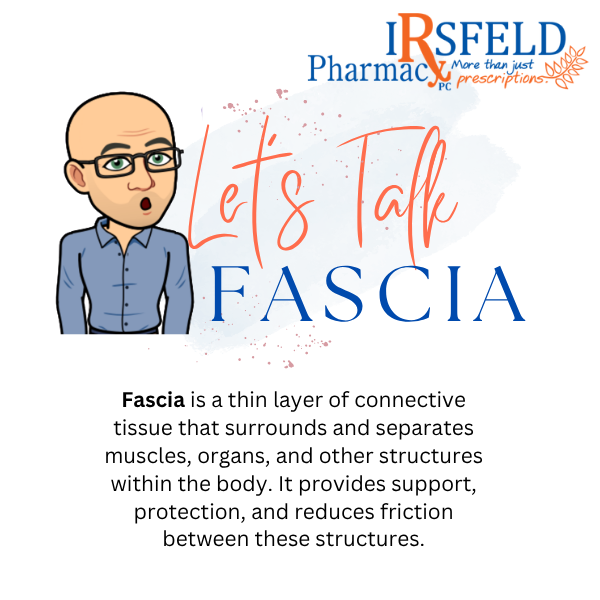
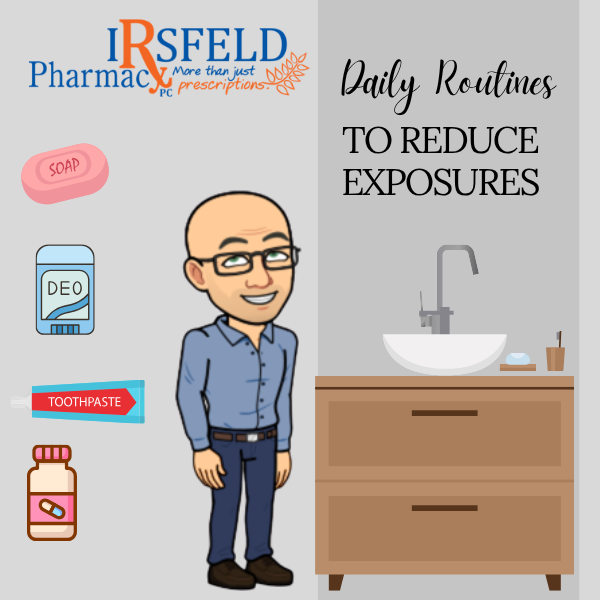
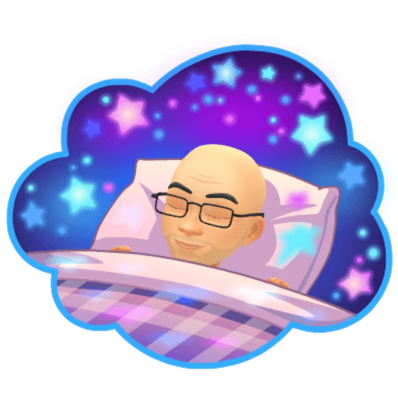


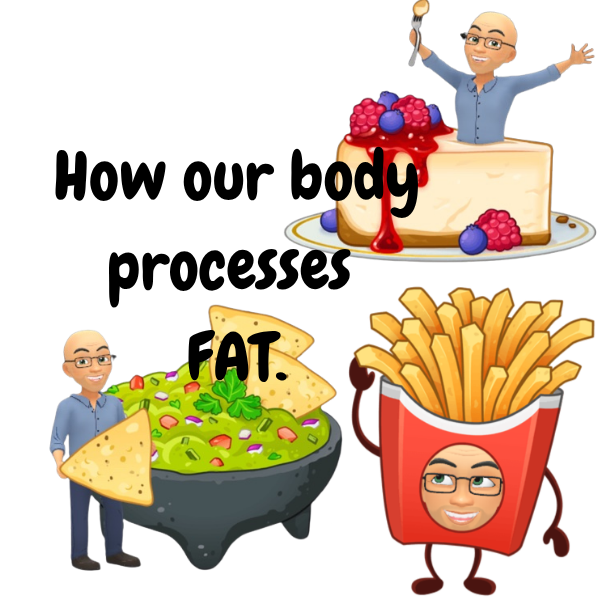
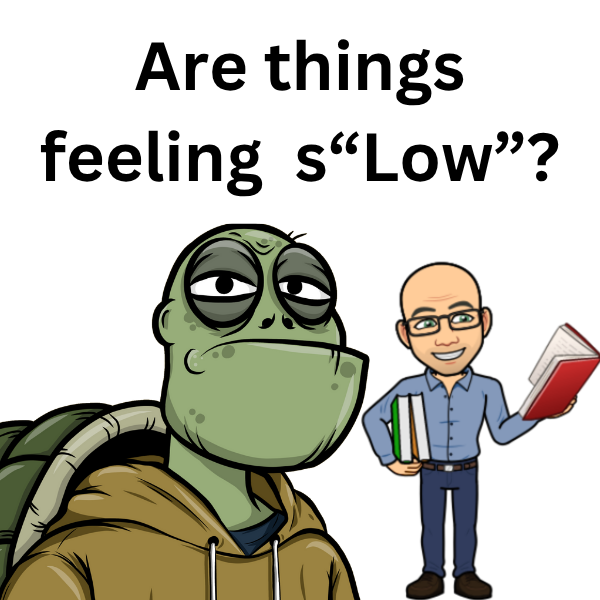
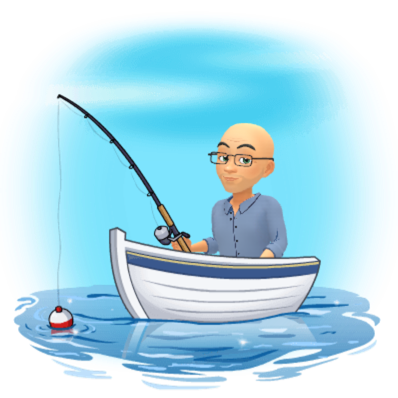


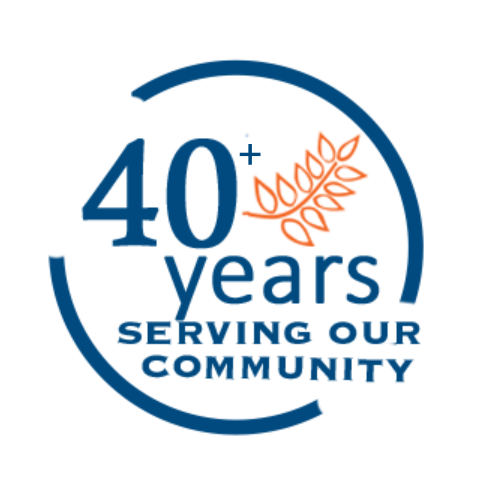
Share On: